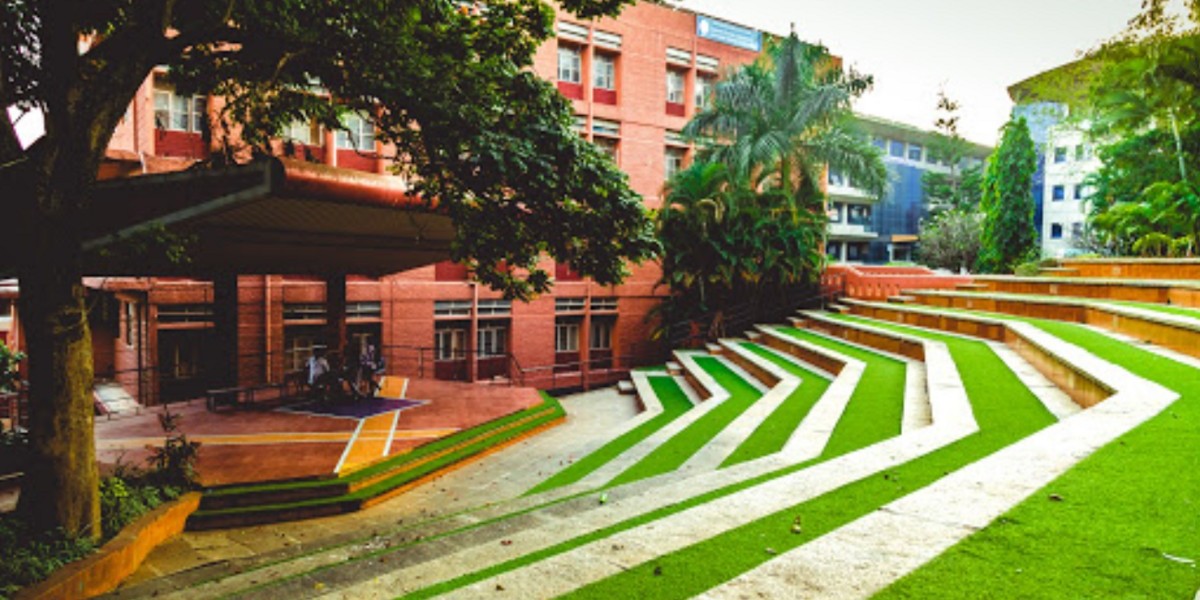The West Bengal Joint Entrance Examination (WBJEE) 2025 is one of the most sought-after state-level engineering entrance exams in India. Conducted by the WBJEE Board (WBJEEB), the exam offers admission to undergraduate engineering, architecture, and pharmacy courses in top government and private colleges across West Bengal.
The exam serves as a gateway to institutions like Jadavpur University, Maulana Abul Kalam Azad University of Technology (MAKAUT), and other renowned technical institutes.
WBJEE 2025 Exam Highlights
The WBJEE 2025 Exam will be conducted in April 2025, in offline (OMR-based) mode. Here are the key highlights:
Exam Name: West Bengal Joint Entrance Examination (WBJEE)
Conducting Body: WBJEE Board (WBJEEB)
Mode of Exam: Offline (OMR-based)
Courses Offered: B.Tech, B.E., B.Pharm, B.Arch
Exam Duration: 4 hours (Paper 1 & Paper 2 combined)
Medium: English and Bengali
The WBJEE 2025 Application Form will be released in December 2024, and the admit cards are expected to be available in March 2025.
WBJEE 2025 Eligibility Criteria
Before applying, candidates must ensure they meet all eligibility conditions:
Nationality: The applicant must be an Indian citizen.
Age Limit: Minimum 17 years as of December 31, 2025. (No upper age limit except for Marine Engineering — 25 years).
Educational Qualification:
Must have passed 10+2 (or equivalent) with Physics, Chemistry, and Mathematics.
A minimum of 45% marks (40% for reserved categories) in aggregate is required.
Domicile Requirement: Candidates seeking admission under state quota must have a valid domicile certificate of West Bengal.
WBJEE 2025 Exam Pattern
The WBJEE Exam Pattern 2025 consists of two papers:
Paper 1: Mathematics
Paper 2: Physics & Chemistry (combined)
Both papers are compulsory for candidates seeking admission to engineering programs.
| Paper | Subjects | Marks | Duration |
|---|---|---|---|
| Paper 1 | Mathematics | 100 | 2 hours |
| Paper 2 | Physics & Chemistry | 100 | 2 hours |
Each paper contains three categories of questions:
Category 1: Single correct option (1 mark each)
Category 2: Single correct option (2 marks each)
Category 3: Multiple correct options (2 marks each, partial marking allowed)
Candidates must attempt both papers for admission to engineering courses.
WBJEE 2025 Syllabus Overview
The WBJEE 2025 Syllabus is based on the 10+2 level Physics, Chemistry, and Mathematics curriculum. Key topics include:
Physics: Current Electricity, Magnetics, Optics, Laws of Motion, Heat & Thermodynamics
Chemistry: Atomic Structure, Organic Chemistry, Thermodynamics, Surface Chemistry
Mathematics: Calculus, Coordinate Geometry, Algebra, Trigonometry
Students should focus on conceptual clarity, as many questions are application-based.
WBJEE 2025 Preparation Tips
To perform well in WBJEE, students should follow a structured preparation plan:
Understand the Syllabus: Focus on NCERTs and WBCHSE board topics first.
Make a Study Plan: Allocate equal time to Physics, Chemistry, and Mathematics.
Practice Mock Tests: Attempt online and offline mock tests regularly to improve speed and accuracy.
Solve Previous Papers: Analyze past questions to identify recurring patterns and important chapters.
Time Management: Learn to balance accuracy and speed under exam conditions.
Students are advised to take at least 10–15 mock tests before the exam for better confidence.
WBJEE 2025 Result and Counselling
The WBJEE 2025 Result will be announced in May 2025 on the official WBJEEB website. Candidates will be ranked based on their scores in Paper 1 and Paper 2.
After the results, qualified candidates will participate in the WBJEE 2025 Counselling Process through an online portal. Seat allotment will be based on rank, preferences, and availability.
Top colleges like Jadavpur University, Heritage Institute of Technology, and Techno India University attract high-ranking candidates every year.
The WBJEE 2025 Cutoff will vary depending on the institute, branch, and category.
Also Read
Explore the Engineering Colleges in India to find detailed information on the best institutes, courses, placements, and admission criteria.






